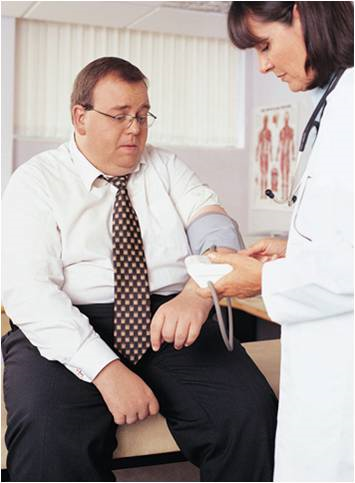 Believe it or not, warm weather has arrived in some parts of the country, and is quickly approaching in others. As the sun peeks out from behind the clouds and nature begins to call, many older adults will be heading out the door for a walk outside. This is a very good thing, and should be encouraged for most people. Some retirement communities may even establish walking groups, which can be an extremely rewarding and fun activity for everyone.
Believe it or not, warm weather has arrived in some parts of the country, and is quickly approaching in others. As the sun peeks out from behind the clouds and nature begins to call, many older adults will be heading out the door for a walk outside. This is a very good thing, and should be encouraged for most people. Some retirement communities may even establish walking groups, which can be an extremely rewarding and fun activity for everyone.
If you plan to start, or join, a walking group near you, this blog is for you! Here are a few tips to keep in mind as you prepare to walk.
Prescreening
If you are responsible for heading up a walking group, keep prescreening in mind. Walking, like any form of exercise, does carry risk. Prescreening is a great tool used in all fitness programs to ensure participant safety, identify risk, and reduce liability of fitness professionals. It is very likely that most people who will want to participate in your walking group will have already been screened during their membership application, and are good to go. However, it is important to make sure everyone in your group has been prescreened and understands the risks involved in exercise prior to joining. This is the first step toward protecting others and yourself.
Plan Ahead
Before you embark on your first walk as a group, make sure everyone knows where you’re going. If you’re the group leader, be sure to go over the route with your participants before you leave. If you’re a participating member of the walking group, be sure to ask where you’re headed if you don’t already know. By sharing the route with all participants, you’re reducing the chances of anyone getting lost along the way. As the leader, you should also share your planned route with someone who will not be joining you. This way, in the event of an emergency, your group will be accounted for.
Don’t Go Empty-handed
Speaking of emergencies, they do happen. Walking is very safe for most people, but health and safety issues can arise quickly. In these cases, it would serve yourself and your group to be prepared. I recommend taking a few important things with you on a walk. If you are a member of the walking group, make sure to bring weather-appropriate clothing, water, and a cell phone with emergency numbers easily accessible. If you are leading the group, I recommend bringing the following:
- Water for yourself
- Extra water for others
- A cell phone
- Emergency phone numbers
- A map of your route
- A first-aid kit
- A light folding chair
That last one may sound strange, but it is important for anyone experiencing a health issue or needing to rest on the trail to have the option of sitting down. Benches may not always be available in an emergency situation, so bringing another seating option along with you is a good idea.
Walking groups are a wonderful way to experience nature when the weather finally lightens up. Whether you are leading the group or joining it, be sure to take some precautions. By making sure everyone in your group has been prescreened, you make the walk safer for yourself and others. Planning and sharing your route before you leave reduces the chances of navigation issues, and ensures that your whereabouts are well known. Finally, by bringing along a few key items on your walk, you’ll be much more prepared for an emergency if it should arise. All of this together will make your walking group experience safer and more fun. Enjoy your walk!


 For years, fitness professionals have been trained to use Body Mass Index (BMI) as a prescreening tool when individuals join a fitness program. It was part of the recommendations by the
For years, fitness professionals have been trained to use Body Mass Index (BMI) as a prescreening tool when individuals join a fitness program. It was part of the recommendations by the 
 Honestly, our staff run into this all the time. Anyone who has ever managed a fitness program with a policy in place that requires a medical release for individuals with specific health risks before they can participate knows how many would-be exercisers get disgusted with that policy and thus never return to join your program. I get it, it’s frustrating.
Honestly, our staff run into this all the time. Anyone who has ever managed a fitness program with a policy in place that requires a medical release for individuals with specific health risks before they can participate knows how many would-be exercisers get disgusted with that policy and thus never return to join your program. I get it, it’s frustrating. 